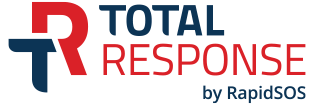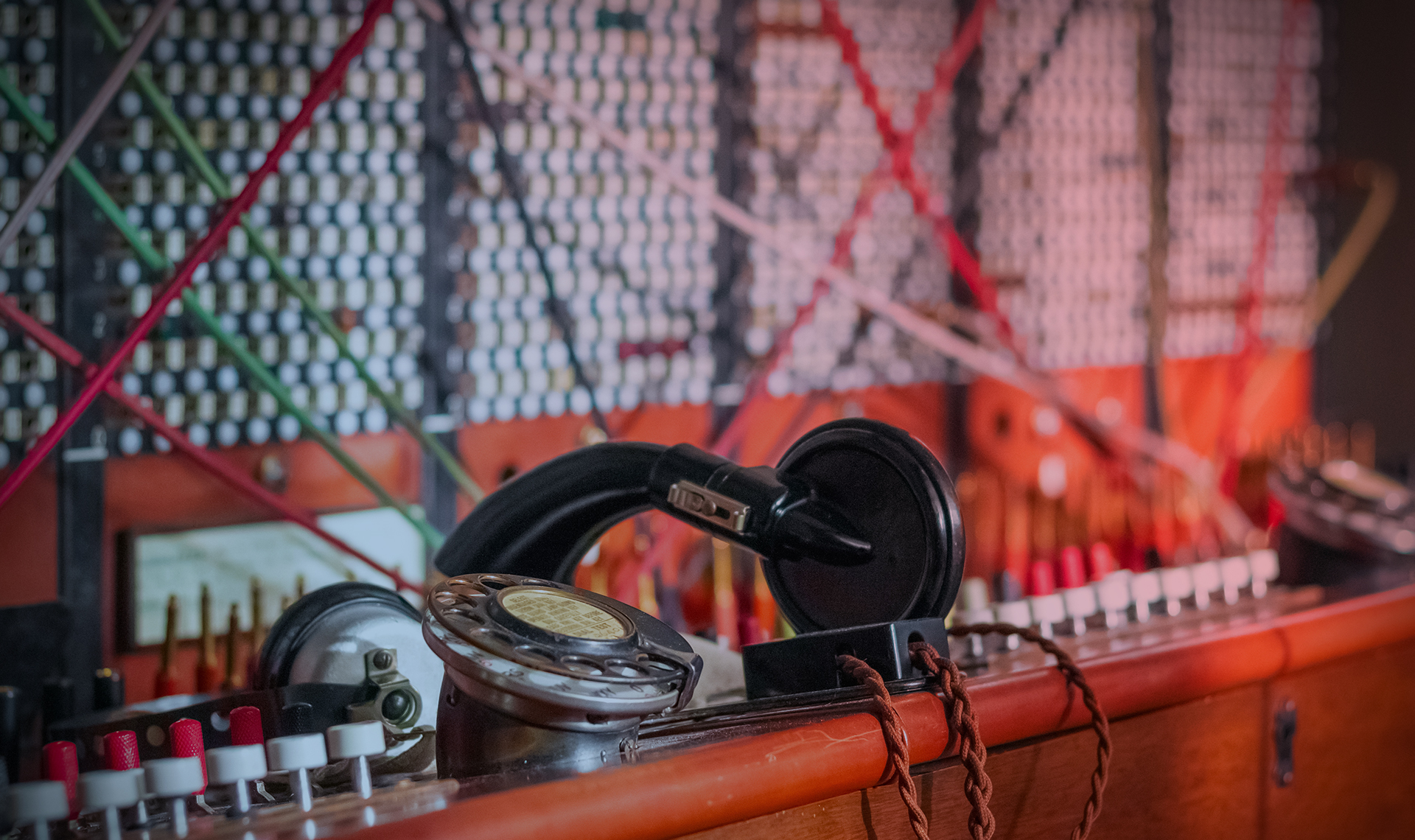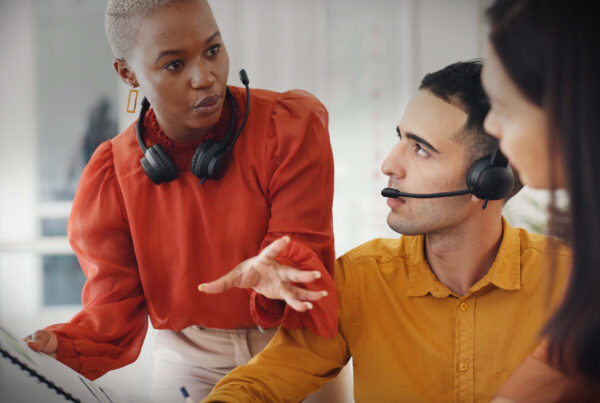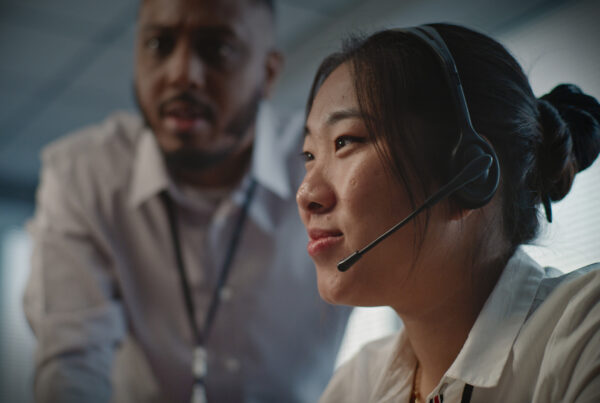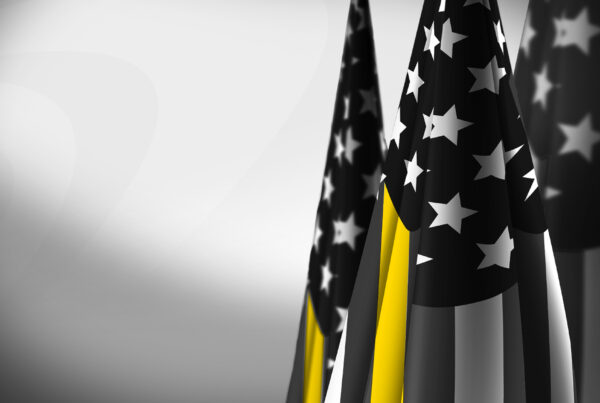The evolution of three-digit emergency telephone numbers can be traced back to 1935 and an angry letter to the London Times about a house fire in which five women perished. The letter writer described the frustration of being held in a queue with the local telephone exchange while trying to contact the fire brigade. Two years later, the government introduced a 999 emergency number, first for London, and then expanded to cover all of the UK—for fire, police, medical, as well as Coast Guard.
Meanwhile, in the United States, in 1957 the National Association of Fire Chiefs recommended creation of a special number for reporting fires. But it took a murder in New York City in 1964, in which witnesses were reportedly confused about how to call the police, to provide more momentum. Three years later the President’s Commission on Law Enforcement and Administration of Justice recommended the creation of a single number for use nationwide for reporting emergencies. In 1968 AT&T announced it had chosen 911, a number that was easy to remember and easy to dial. On February 16, 1968, the first 911 call was placed from Haleyville, Alabama and an estimated 240 million calls are now placed to 911 annually.
From Sworn Officers to Dispatchers
For the first several years of 911, calls were nearly always handled directly by first responders—a police officer, firefighter, or a paramedic. The benefit here was that these first responders had deep training and field experience. Things began to change in the 1980s with a movement toward placing more emphasis on “community policing,” which resulted in pulling officers away from behind desks to spend more time with those they were protecting.
As first responders were directed more toward the field, civilian operators were brought in to answer incoming calls and dispatch the needed resources. Often, the only requirements were the ability to type, possess a knowledge of city streets and locations, and an ability to “communicate effectively” in a crisis.
Training for this first generation of dispatchers mainly centered on how to key the microphone and use the radio. There was rarely any training that was context specific to callers needing help, because historically, the thinking was nothing could happen until a police officer, firefighter or paramedic arrived on scene.
Dispatchers Become the First, First Responders
The initial model of “dispatch and goodbye” was soon enhanced as it became apparent that dispatchers could often fill the role of the first, first responders. If a mother calls with a baby that is choking and turning blue, there is no time to wait for an ambulance to arrive. Dispatchers needed to know how to guide a person through the Heimlich maneuver or CPR, or other first aid practices—modified for if dealing with an infant, child, or adult. With the right information, a dispatcher could also help a person on the other end of the phone treat bleeding, shock, and other life-threatening situations where time is critically important.
”Since medical emergencies typically make up only a small percentage of 911 calls, it soon became clear that dispatchers needed to learn more about how to better assist persons calling about a crime, fire, and related incidents.
PowerPhone Has Helped Drive the Evolution of Emergency Call Handling
PowerPhone was founded nearly 40 years ago by my father, Phil, who was dedicated to giving dispatchers the training and tools they needed to shine as the first, first responders. He introduced dispatchers to what he termed the Journalistic, Investigative Approach to information gathering: the Who, Where, When, What, Why and How, plus Weapons, Hazards & Injuries of a situation. This structured approach to information gathering facilitates objective dispatch decisions, while providing critical pre-arrival information for first responders and callers.
Our company has a long, proud history of moving the industry forward, powering the evolution of the dispatcher’s role. We have trained more than 500,000 professionals worldwide, while our courseware and training principles have become the de facto standard for agencies across the U.S. and internationally.
From Manuals to Flip Cards to Structured Call Handling
PowerPhone began as a dispatcher training company. Our instructors flew across the United States and beyond, holding in-person classes to teach the young field of emergency call handling how to more precisely gather the information needed for a dispatch, and how to stay on the line to help the person at the other end until the first responders arrived.
Our trainings were so valued that participants asked for printed manuals for reference. This gave way to our creating flip card stacks for police, fire, and emergency medical dispatch. And then, in the late 1990s, we saw that integrated solutions were needed, so we combined all three stacks to give dispatchers faster access to emergency protocols.
By blending the protocols, we resolved the problem of information silos. Previously it was Police in one stack … Fire in another … Medical in another. There was no crossover. But the reality is that isn’t how the world works. A “routine” MVA could require police for traffic and investigation, EMS for injuries, and fire to deal with spilled fuel. By combining our three books of flip cards and consolidating them into an integrated set of protocols—with our patented call handling formula guiding the dispatcher swiftly through—we further pushed the evolution of the field.
We Created the First Protocols for Police and Fire Dispatching
At PowerPhone, we’ve not only had a front row seat to the evolution of 911 call dispatching, we’ve been a major player on the stage. PowerPhone created the very first police and fire protocols and pre-arrival instructions. A DOT/NHTSA initiative created EMD protocols. Emergency call handling protocols for police and fire dispatch simply did not exist until PowerPhone created them.
Creating protocols for fire and police, and incorporating and building upon protocols for EMD, is a natural extension of our long history of providing structured call handling. The power and beauty of structured call handling is the precision and consistency it provides. No matter who takes the call, our structured call handling helps ensure that the essential information is consistently gathered as efficiently as possible, and that dispatchers have information at their fingertips to continue to help a caller while first responders are on their way.
Harnessing the Power of Technology with Total Response
In 2000 we brought the knowledge of our integrated flip cards onto a technology platform, with our Total Response call handling software. Since then, we have continually refined and improved not just the technology, but the content that rides along with it. From new procedures for Naloxone to AEDs to Officer Down, we have endeavored to provide our clients with the most topical and actionable information we can.
We take pride in how we have helped enable the evolutionary journey that has carried dispatchers from the early days of fielding calls and dispatching responders, to giving them the tools to become ever better at being the first, first responders.
Our Total Response software, with built-in logic and intelligence, and point and click ease of use, represents the current high point in this evolutionary journey—even as we continue to work with dispatchers and call center leaders around the country and beyond to create the next steps in this important journey: The journey to better help those in need.
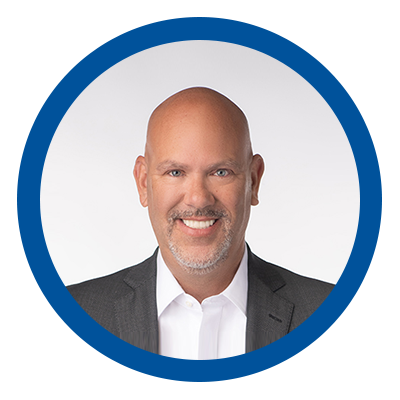
Chris Salafia is the CEO of PowerPhone. A 30-year industry veteran, he holds four patents relating to emergency communications. An unabashed futurist, he enjoys challenging the status quo and engaging people, processes, and technology to improve 911.
Connect on LinkedIn.

